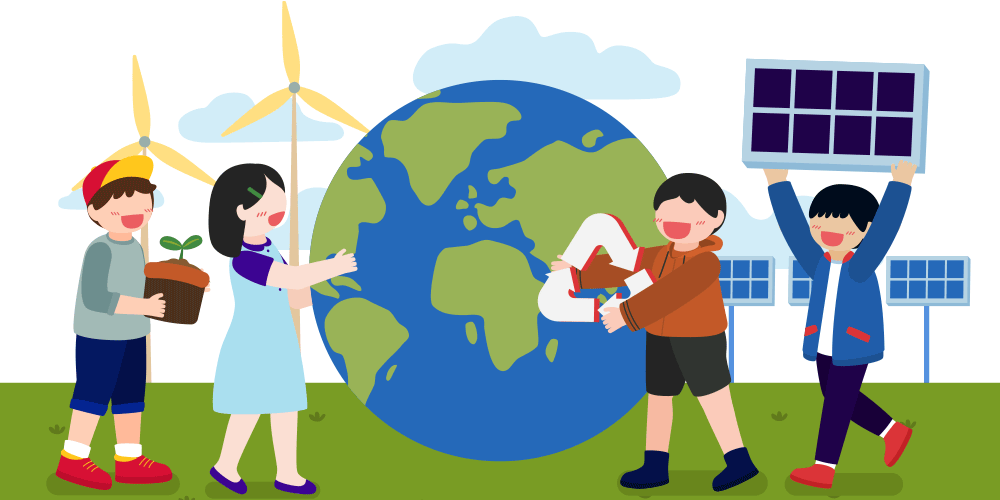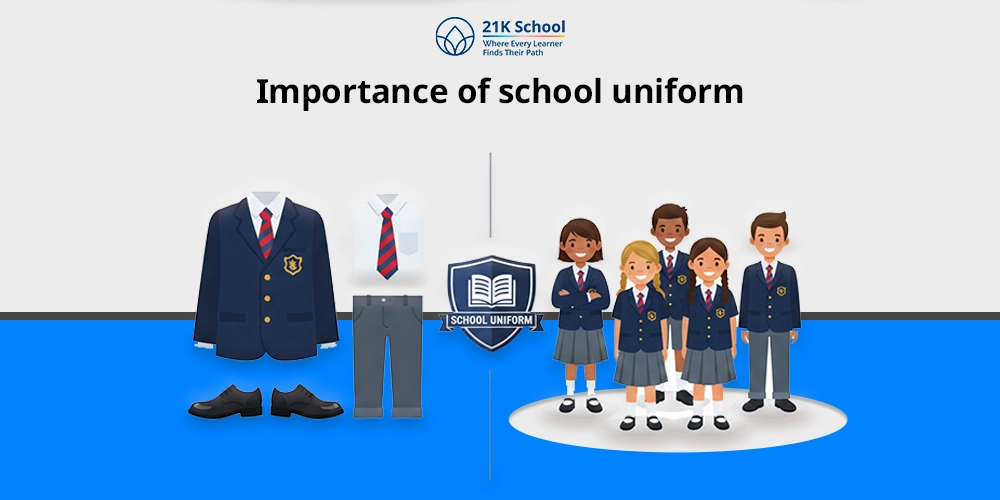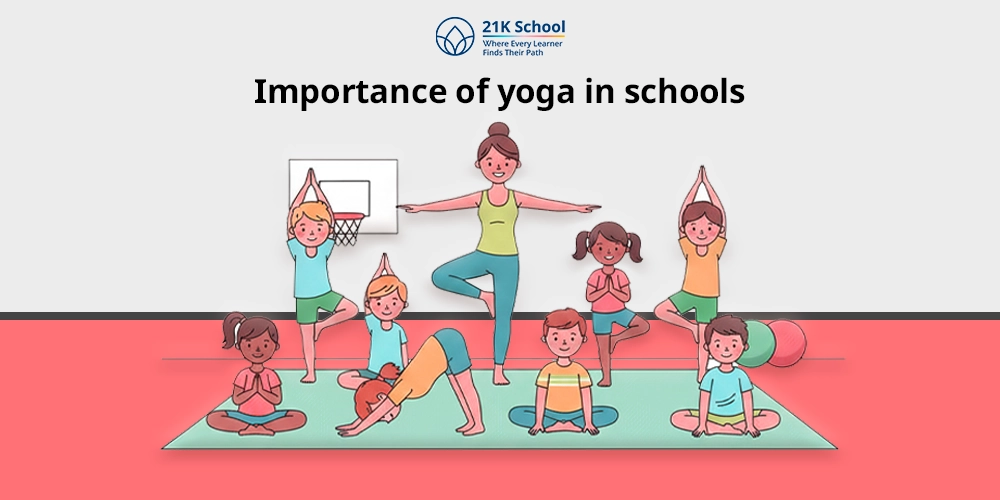
Do you think that energy experiments can only be conducted in labs? If so, you would be wrong. Your child’s journey as a scientist can begin with your help.
The following science projects for kids can be done at home.
Table of Contents
Science Experiments for Kids-Renewable Energy
Here are some creative and engaging renewable-energy science projects for students.
1. Solar Heated Tea

Tea is one of the best drinks to bond over. Yet, it is better when the brewing can educate your child.
This simple science experiment uses materials commonly found at home. It helps kids understand how solar energy works—all while showing them how to make tea!
You will need
- A glass
- water
- tea
Steps
Fill the glass with water and add tea to it. Stir the mixture occasionally. Place the glass in a sunny spot. Although sunlight is a powerful source of energy, it takes time to brew the tea this way.
2. Candle Powered Windmill

Windmills are often observed in paintings and books. Your child can construct one. The science experiment takes about an hour and should be done with adult supervision.
Since this activity involves fire, make sure to maintain a safe distance and follow all safety precautions.
You will need
- straw
- stick
- tape
- four candles
- chart paper
- glue
- marker
Steps
Attach the stick to the surface using tape. Cut a circle of the chart paper and cut diagonal slits to create blades. Tilt the blades by a third.
Mark the center of the circle and carefully make a hole through the dot. Attach the straw through a hole. Place the stick through the straw.
Light the candles under the blades. keep adding to observe different speeds and reactions.
3. Kinetic Car

Playing is one of their favorite activities. This car ensures that playtime is educational. This science experiment teaches children about kinetic energy through toys. It takes about an hour to make.
You will need
- tape
- two straws
- three sticks
- four plastic bottle caps
- cardboard
- a table fan
Steps
Stick a straw near the top edge of the cardboard using tape. Tape the second straw near the back edge of the cardboard. Poke a hole into one of the bottle caps for the stick to fit.
Slide the stick into the straw and attach another bottle cap to the other end. Repeat the same process for the back straw to make the rear wheels.
Poke two holes through a paper and attack another stick to create a sail to conduct wind. Stick it into the centre of the cardboard. Use the table fan to generate wind for the car to speed it up.
4. Understanding Acid Rain

Acid rain and pollution are among the biggest problems today. This experiment helps children understand the importance of clean water and the harmful effects of acid rain.
This science experiment takes up to three days to complete. Throughout this process, items will be in water and acid for differing results.
You will need
- two glass containers
- two clips
- two leaves
- a boiled egg
- vinegar
- water
- marker
Steps
Fill three-fourths of two containers with water and vinegar each. Mark the glass to know which is which. Divide the egg into two pieces after removing its shell, and add all three items into both containers.
Observe over the days. The vinegar dissolves the material more than the water. The same can be seen over the days while conducting this science experiment at home.
Learn more science experiments with water and try it out now.
5. Understanding the Quality of Air

Breathing is the most basic function. Pollution hampers it. Just like rain, air quality has worsened over time. This science experiment finds particles and pollutants to be closest to the child.
You will need
- three cards
- graph paper
- glue
- petroleum gel
- a string
- magnifying glass
- a calculator
- a marker
- a pencil
Steps
Cut the graph paper into smaller pieces that fit in the center of the cards. Spread a layer of petroleum jelly on each of the paper stuck.
Tie string to each card so they can be hung in different places (indoors, outdoors, near a window, etc.). The difference is in the air assessed over twenty-four hours or five days.
The magnifying glass allows your child to observe particles on each square of the graph. Count how many particles are on each square of the graph paper. The card with fewer particles shows better air quality.
Explore top 10 Unique and Fun Science Experiments for High School Students.
Conclusion
Learning about energy can sometimes seem expensive or out of reach for children.
Recession makes access to such fields even more difficult. However, expensive equipment and high-tech labs aren’t necessary—these simple science experiments prove that young scientists can learn right at home.
Your child can learn with these science experiments at home. Moreover, you can use this opportunity to forge a special bond together.



